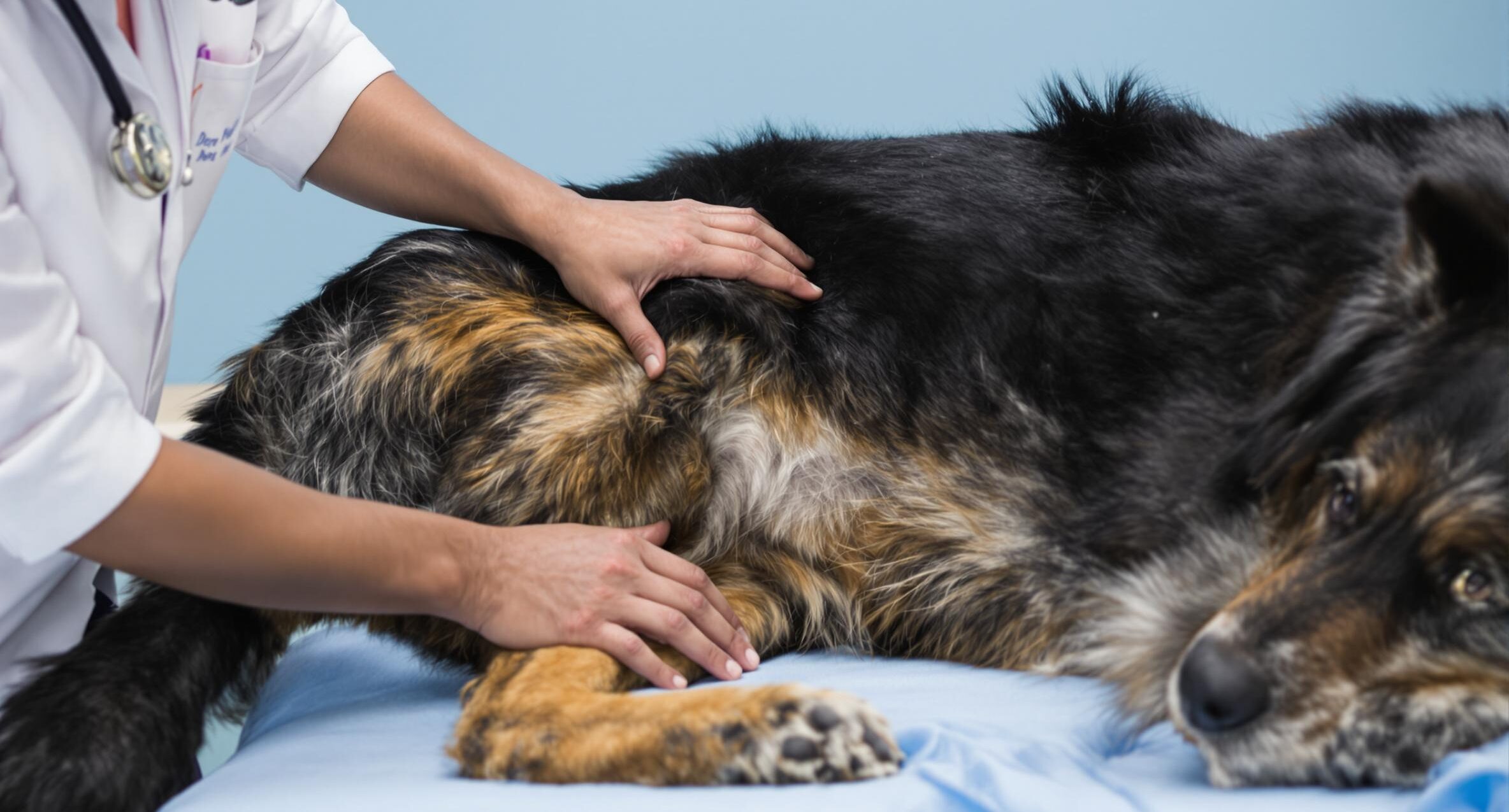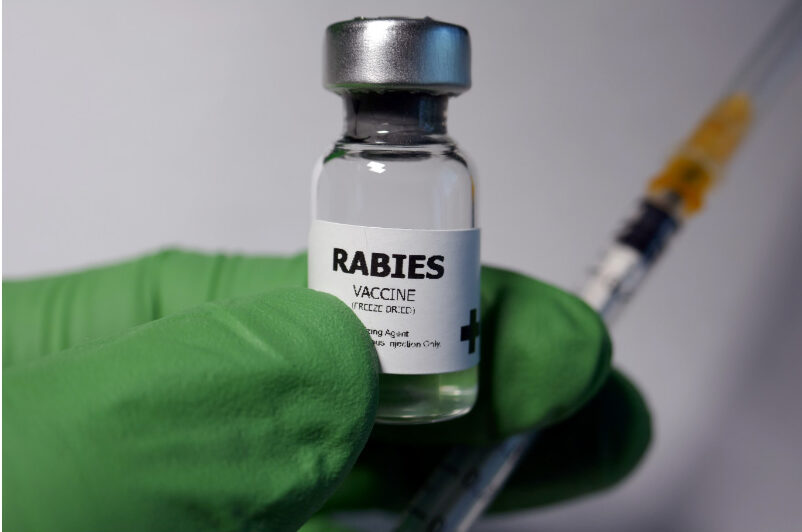Don’t Ignore These 10 Often-Missed Signs of Pain in Dogs

As loving dog parents, we’d do anything to help our four-legged family members when they need help. Sometimes it’s obvious when they’re hurt. They might start limping, crying out, or we might notice a bleeding wound. At other times, though, more subtle signs can go unnoticed, and it’s up to us to look for these subtle signs that something’s amiss.
In honor of Animal Pain Awareness Month, learn to look out for these ten often-missed signs of pain in dogs.
1. Changes in appetite.
In some cases, the dog will only eat bland foods like white rice, or they may seek out highly palatable foods like meat or treats. They might refuse dry kibble and only eat moist, wet foods. Or, your dog might eat less than usual, or refuse to eat at all. Dental pain due to teeth or gum issues can make it difficult to eat. Gastric pain may be due to acute indigestion from eating trash or could be from a chronic issue like diabetes or kidney disease. Any changes in your dog’s appetite should be brought up with your veterinarian, rather than written off as pickiness.
2. Clinginess.
If your dog is not normally a “velcro” dog, yet suddenly seems to be glued to your side, it could be due to an undiagnosed illness or injury. Some dogs are distant when they’re in pain, while others refuse to be alone. Any unexplained change in behavior is worth investigating to rule out an underlying medical issue.
3. Excessive licking.
Often, pet parents attribute licking to itchy skin or allergies, but your dog will also lick parts of their body that are hurting. A dog with arthritis might lick swollen, inflamed joints, but at other times, the source of pain might not be so obvious. For example, neck and spine issues can cause pain, tingling, burning, or numbness in the limbs, leading to paw licking that’s often mistaken for an allergic itch.
4. Disobedience.
Is your well-trained dog suddenly not listening to you? It might be painful for your dog to do what’s asked of them, or they may associate certain movements with pain. Hip dysplasia and arthritis can make “sit” painful, and any mobility issues can cause your dog to hesitate to come when called.
5. Excessive panting.
Panting or labored breathing when your dog is not hot or overexerted can be a sign that they’re anxious, not feeling well, or in pain. It can also be a sign of shortness of breath seen with congestive heart failure when paired with other symptoms like a persistent cough and exercise intolerance.
6. No longer playing with toys.
Dogs never grow out of their toys, but painful health issues can make it harder for them to grab, chew, and tug. Dogs may drop toys or avoid chewing their favorite chew toys when they are suffering from gingivitis, a tooth fracture, or dental disease. Arthritis, muscle sprains, and hip and elbow dysplasia may make running and fetching impossible without treatment.
7. Having accidents.
If your dog is house-trained, yet suddenly has started peeing or pooping indoors, it may be too painful for them to get up, alert you, and go outside. Urinary tract issues, gastric upset, and neurological problems can cause incontinence.
8. Unusual posture.
When a dog is in pain, they may alter their posture when sitting, standing, or laying down. Soft tissue injuries, joint inflammation, a broken nail, and long, untrimmed nails are just a few of the possible painful causes of postural changes. Dogs with gastric pain, particularly from a life-threatening condition called bloat, may appear hunched over or may stand in a “praying position” with their front legs lowered.
9. Head pressing.
If your dog presses the top of their head on a wall or other hard surface, seek emergency veterinary attention. Head pressing is a sign of a neurological issue associated with head trauma, poisoning, hepatic encephalopathy (inflammation due to liver failure), an infection of the nervous system, or a metabolic disorder.
10. Changes in temperament.
If your sweet dog is suddenly growling, snapping, or biting, chances are they’re hurting. A kiss or a hug may put pressure on a painful area, and your dog may instinctively lash out. Traumatic experiences, like a child dropping a dog or hugging them too tightly, can also cause a dog to act in self-defense.
Minor aches and pains are sometimes treatable at home with your dog’s first aid kit . Usually, though, it’s best to see your veterinarian as soon as possible or take your dog to an emergency vet hospital if their condition is severe or could be life-threatening.





